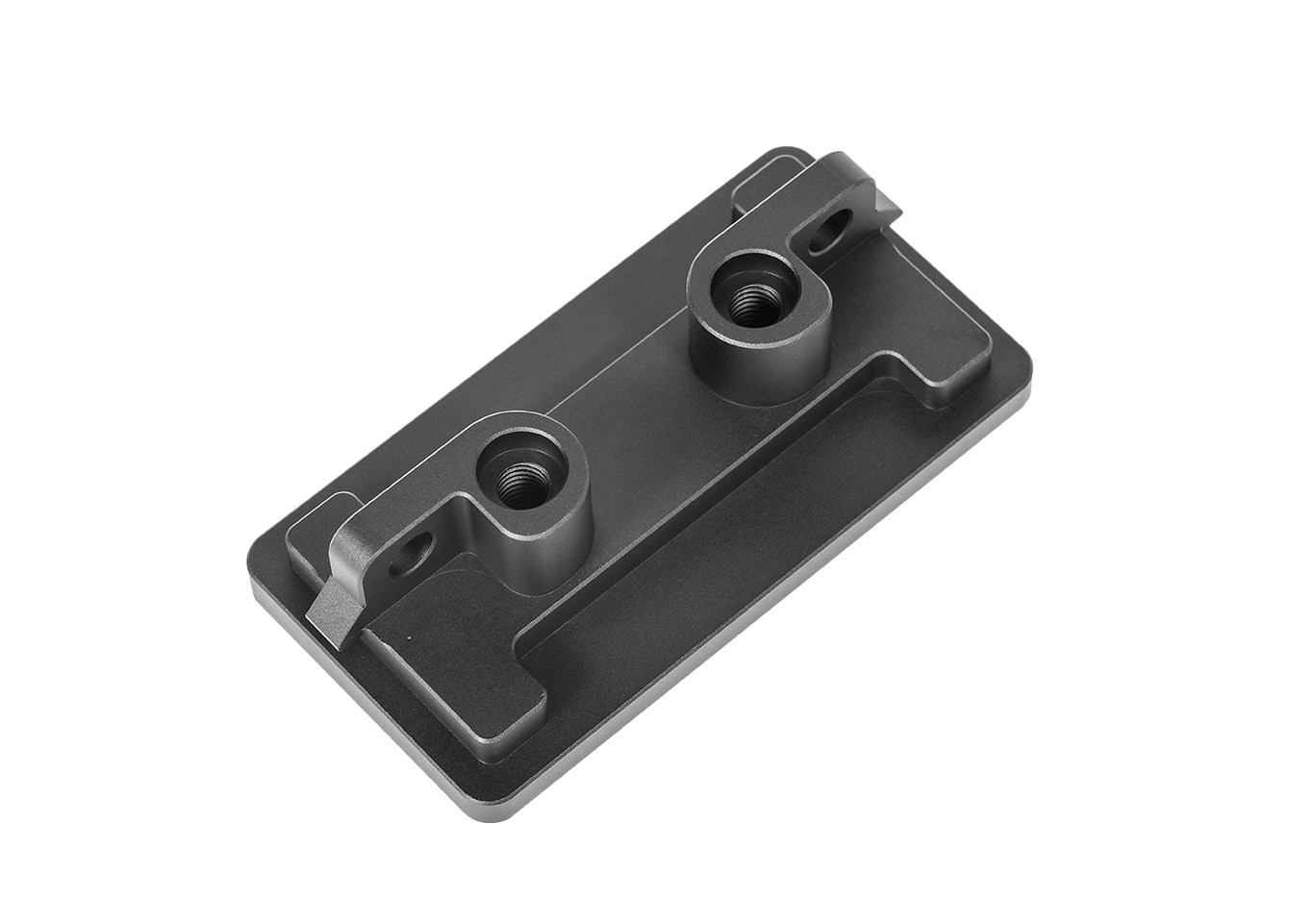Building a CNC (Computer Numerical Control) machine from printer parts is an exciting and cost-effective project for DIY enthusiasts, engineers, and hobbyists. By repurposing old or discarded printer components, you can construct a fully functional CNC machine capable of cutting, engraving, and shaping materials like wood, plastic, or metal. This article will guide you through the essential steps and components required to create a CNC machine from printer parts.
Old printers, especially dot matrix or inkjet models, have several components that can be repurposed for building a CNC machine, including stepper motors, guide rails, and belts. These components are designed for precise movement, which is crucial in CNC machining. Recycling printer parts not only saves costs but also gives you access to precision mechanisms without needing to buy expensive components.
Before starting the project, gather the necessary tools and materials:
Old Printer Parts : You’ll need parts from one or more old printers, specifically:
Stepper Motors : These are used to control the movement of the CNC machine’s axes.
Guide Rails and Bearings : These components will guide the movement of the machine’s cutting tool.
Belts and Pulleys : Used to drive the movement of the tool along the rails.
Arduino or CNC Controller Board : To control the machine, you’ll need a microcontroller like Arduino or a dedicated CNC controller.
Motor Drivers : These will power the stepper motors and allow for precise control of the machine’s movement.
Power Supply : You’ll need a power supply unit (PSU) to provide the required voltage for the motors and electronics.
Frame Material : Aluminum profiles or wood can be used to construct the frame.
Cutting Tool (Spindle or Dremel) : This will be the tool used for cutting or engraving materials.
Screws, Nuts, and Bolts : To assemble the frame and attach components.

Mount the Guide Rails : Attach the guide rails from the printer to the frame. These rails will guide the cutting tool along the X, Y, and Z axes. Ensure that the rails are aligned properly to avoid any misalignment during operation.
Install Bearings and Carriages : Attach the bearings to the rails, allowing smooth movement along the frame. These will hold the tool head in place and move it according to your CNC code.
Mount the Belts and Pulleys : Connect the stepper motors to the guide rails using belts and pulleys. These components are responsible for translating the rotational movement of the motors into linear motion.
Arduino with GRBL : If using an Arduino, load the GRBL firmware, which is designed for CNC control. Connect the Arduino to motor drivers, which will power the stepper motors.
Motor Drivers : Connect each stepper motor to its respective motor driver. These drivers take commands from the microcontroller and convert them into precise movements.
Power Supply : Ensure the stepper motors and electronics are powered with a suitable power supply.
GRBL Controller : A software tool that allows you to send G-code (the language used by CNC machines) to your Arduino-based controller.
CNCjs : A web-based CNC controller that supports a variety of CNC machines.
Universal G-code Sender : A user-friendly program for sending G-code to your CNC machine.

Once everything is set up, you can run simple G-code programs to test the movement of the machine. Fine-tune the positioning and speed settings to ensure accuracy. Test the spindle or cutting tool on soft materials like foam or wood before moving on to more complex projects.
Building a CNC machine from printer parts is an excellent way to dive into CNC machining without investing in expensive equipment. Not only does it offer a cost-effective solution, but it also allows you to repurpose electronic waste, giving new life to old components. With a little patience, technical knowledge, and creativity, you can create a fully functional CNC machine from materials that might otherwise be discarded.
At ENNER , we understand the importance of precision and quality in CNC machining. We offer a wide range of solutions to meet your thermal management and machining needs, including heatpipe cooling systems , vapor chamber heatsinks , extrusion heat sinks , skived heat sinks , zipper fin heat sinks , and stamped metal parts . Our expertise extends to providing CNC machining parts and accessories to ensure your projects are successful. Whether you’re b uilding a CNC machine or looking for advanced cooling solutions, ENNER has the products and expertise to support your innovation.
By continuing to use the site you agree to our privacy policy Terms and Conditions.